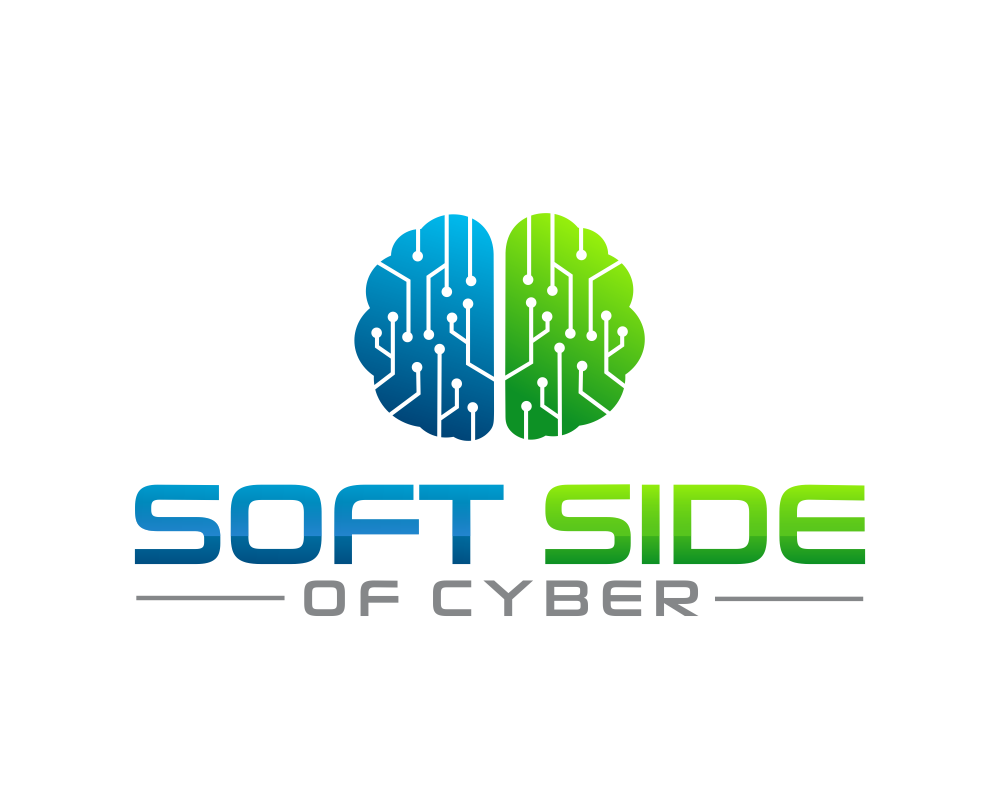
Mastering the Initial Incident Meeting: Top Ten Tips for Effective Cybersecurity Incident Response
In the world of cybersecurity, large-scale incidents require a swift and coordinated response. When facing a significant security breach, the initial incident meeting is critical for gathering the right people, setting the tone, and establishing a clear plan of action. This article will explore the top ten things to do during an initial large incident meeting, providing practical tips and guidance to ensure a focused and effective response.
10 Tips to Master the Meeting
- Coordinate and Schedule the Meeting:
Coordinate with key stakeholders and schedule the meeting as soon as possible after the incident is detected. Time is of the essence in incident response, and a prompt meeting enables the team to assess the situation and devise an effective strategy.
2. Determine the Core Incident Response Team:
Identify and invite key stakeholders to form the core incident response team. This includes IT, security, legal, communications, and executive leadership representatives. Each member should have a defined role and be well-versed in incident response procedures.
3. Develop a Clear Agenda:
Create a detailed agenda that outlines the meeting's objectives, key discussion points, and desired outcomes. Cover essential topics such as incident overview, current impact assessment, containment strategies, communication plans, and next steps.
4. Keep Technical Jargon to a Minimum:
Ensure the meeting remains accessible to all attendees, including non-technical stakeholders. Avoid excessive technical jargon and provide concise explanations when discussing technical details. This promotes active participation and collaboration from all team members.
5. Assign a Meeting Facilitator:
Designate a facilitator who can guide the discussion, keep the meeting on track, and adequately address all agenda items. In addition, the facilitator should foster open communication, manage time effectively, and create a collaborative atmosphere.
6. Define Roles and Responsibilities:
Clearly define the expectations for each team member and ensure that roles and responsibilities are well understood. This clarity enables efficient collaboration, reduces duplication of efforts, and ensures everyone knows their part in the incident response process.
7. Address Incident Communication Strategy:
Devote time during the meeting to discuss the incident communication strategy. Determine who will be responsible for drafting internal and external communications, including messaging, audience segmentation, and communication channels. The goal is to ensure consistent and transparent communication throughout the incident response process.
8. Capture Action Items and Decisions:
Assign someone to take detailed meeting minutes and capture action items, decisions, and key takeaways. This individual is critical in maintaining accountability and ensuring that follow-up actions are clearly documented. In addition, the captured information serves as a valuable reference for future meetings and progress tracking.
9. Set a Cadence for Follow-Up Meetings:
Establish a regular meeting cadence to provide ongoing updates, monitor progress, and adjust the response strategy as needed. This could include daily or weekly meetings, depending on the severity and complexity of the incident. Consistent communication and collaboration are essential to maintain momentum and keep all stakeholders informed.
10. Foster a Learning Culture:
Use the incident meeting as an opportunity for learning and continuous improvement. Encourage open feedback and constructive discussions, allowing team members to share lessons learned and propose adjustments to existing incident response procedures. This fosters a culture of growth and resilience, enhancing the organization's ability to handle future incidents effectively.
Conclusion
In the face of a large-scale incident, an initial meeting is a crucial foundation for an effective response. Cybersecurity professionals can ensure a well-coordinated and focused incident response effort by following these top ten tips. Each step contributes to a successful resolution, from coordinating and scheduling the meeting promptly to fostering a learning culture. Remember, incidents are an opportunity for growth and improvement. By continuously refining incident response processes and promoting collaboration, organizations can enhance their ability to mitigate the impact of future incidents effectively.


